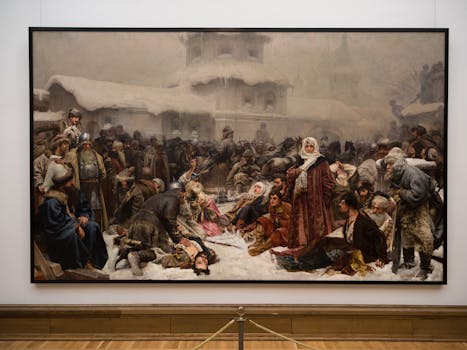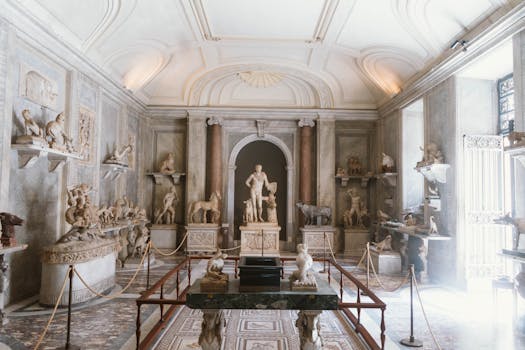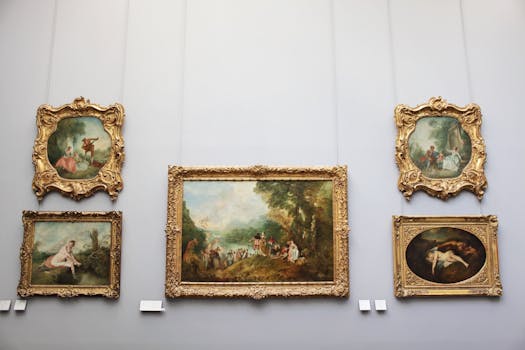
Introduction

Historical exhibitions play a crucial role in educating the public about significant events and figures. These exhibitions not only present artifacts and documents but also tell compelling stories that resonate with visitors. By immersing ourselves in these narratives, we gain insight into the past and its relevance to our current world.
The Importance of Historical Exhibitions

Historical exhibitions serve multiple purposes. They preserve the cultural heritage of societies and provide a platform for learning. These exhibitions help individuals connect with their history, fostering a sense of identity. Furthermore, they often address critical themes such as war, peace, innovation, and social change.
Notable Historical Exhibitions Around the World

Several exhibitions stand out due to their impactful storytelling and the significance of the events they represent. For instance, the Holocaust Memorial Museum in Washington, D.C., presents a poignant narrative of the Holocaust, utilizing personal stories and artifacts to convey the magnitude of this tragedy. Similarly, the National Civil Rights Museum in Memphis, Tennessee, chronicles the American civil rights movement, highlighting key figures like Martin Luther King Jr.
Innovative Approaches in Exhibitions

Modern historical exhibitions are increasingly using technology to enhance visitor engagement. Interactive displays, virtual reality experiences, and multimedia presentations allow visitors to explore history in immersive ways. These innovations not only attract younger audiences but also provide deeper insights into historical contexts.
Conclusion

Historical exhibitions are vital in narrating the stories of significant events and figures, bridging the gap between the past and present. They challenge us to reflect on history’s impact and inspire future generations to learn and grow.






